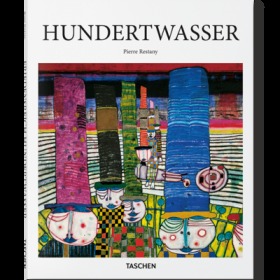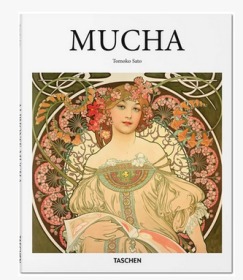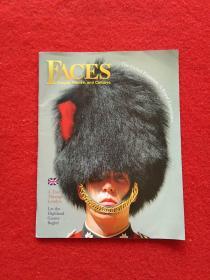
Renaissance Faces : Van Eyck to Titian 文艺复兴面孔:范艾克到提香
¥ 266 7.3折 ¥ 365 九五品
库存2件
北京通州
认证卖家担保交易快速发货售后保障
作者Lorne Campbell
出版社Yale University Press
ISBN9781857094077
出版时间2011-01
印刷时间2011-01
印数1千册
装帧平装
开本16开
纸张铜版纸
页数304页
字数1千字
定价365元
上书时间2023-03-31
- 在售商品 暂无
- 平均发货时间 24小时
- 好评率 暂无
- 店主推荐
- 最新上架
商品详情
- 品相描述:九五品
- 商品描述
-
●产品信息——
出版社 : National Gallery London (2011年3月8日)
语言 : 英语
平装 : 304页
ISBN-10 : 1857094077
ISBN-13 : 978-1857094077
商品重量 : 1.81 kilograms
尺寸 : 24.13 x 2.54 x 32.39 cm
页面信息仅供参考,具体以实物为准
●内容简介——
这份调查报告追溯了文艺复兴时期北欧和南欧肖像画的发展,当时这一画种兴起。这两个地区发展了自己独特的风格和技术,但也以迷人的方式相互影响。在专注于意大利和北欧艺术家之间耐人寻味的关系的文章中,知名专家通过乔瓦尼-贝里尼、桑德罗-波提切利、卢卡斯-克拉纳赫、阿尔布雷希特-丢勒、扬-凡-艾克、莱昂纳多-达-芬奇和提香等艺术家的宏伟作品,分析了肖像的概念--在这个时期,它不仅基于对后世的准确参考,还包括人类生活的所有方面,包括宣传、权力、求偶、爱情、家庭、野心和等级制度。
作者论述了不同的肖像类型、风格、技术和图腾,并讨论了绘画和雕塑以及肖像奖章之间的联系。这本令人惊叹的书还讨论了全长肖像的演变和反肖像画中的 "反理想",反肖像画描绘了宫廷小丑和小矮人。在这些通常是讽刺性的表现中,画家们可以展示他们作为肖像记录者的技能,而不受理想化所带来的限制。
This comprehensive survey traces the development of portrait painting in Northern and Southern Europe during the Renaissance, when the genre first flourished. These two regions developed their own distinct styles and techniques but were also influenced by one another in fascinating ways. In essays that focus on the intriguing relationship between artists working in Italy and northern Europe, renowned specialists analyze the notion of likeness––which, during this time, was based not only on accurate reference for posterity but also incorporated all aspects of human life, including propaganda, power, courtship, love, family, ambition, and hierarchy––through magnificent works by artists including Giovanni Bellini, Sandro Botticelli, Lucas Cranach, Albrecht Dürer, Jan van Eyck, Leonardo da Vinci, and Titian, among many others.
The authors address different portrait types, styles, techniques, and iconographies, and discuss the connections between painting and sculpture and portrait medals. This stunning book also addresses the evolution of the full-length portrait and the “anti-ideal” in counter-portraits, which depict court jesters and dwarves. In these often satirical representations, painters could show off their skills as recorders of likeness without the restrictions imposed by idealization.
相关推荐
— 没有更多了 —



































以下为对购买帮助不大的评价